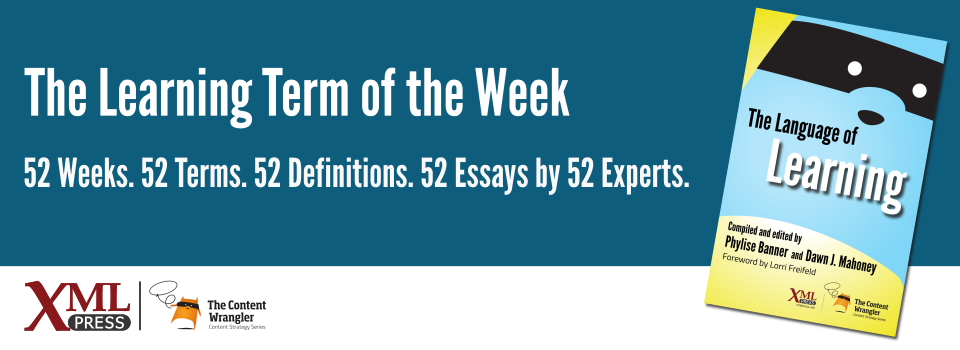What is it?
A type of learning (also called hybrid learning) that combines appropriate technology with one or more traditional instructional, technical, organizational, or delivery components to present content that supports learners and raises their levels of engagement and achievement.
Why is it important?
Blended learning provides a framework that combines instructional technologies with traditional educational techniques to provide solutions for modern learners working in a business climate that’s increasingly mobile, global, and reliant on collaborative social technologies.
Why does a business professional need to know this?
Today, most learning is blended learning. Learning initiatives include some combination of live learning and self-directed learning, supported by resources like infographics, videos, and eLearning. But modern blended learning is more than sequencing different media and activities that happen to be related by topic.
It is about aligning learning objects with the most appropriate instructional strategies, techniques, and technologies while meeting the needs of the organization and modern learners. When designed and implemented effectively, blended learning is powerful. It creates individual resources that support formal, planned learning events, and supports every informal moment of learning need(Gottfredson and Mosher). An added benefit is that resources are no longer shelved or filed after the learning management system (LMS) has indicated completion; instead, they become crucial references and tools that learners can use after the instructional program has ended.
Blended learning supports enhanced outreach to learners while connecting workforces that are globally dispersed, working virtually, and always on the go. Blended learning resources are accessible to learners at the time and place of their convenience, as well as accommodating individuals with sight, hearing, and mobility impairments. Thus, blended learning makes your talent development initiatives more inclusive.
Blended learning also enables more authentic learning, by allowing individuals to learn, recall, and apply what they’ve learned when and where they need the content and perform their work. Blended learning campaigns provide the ability to create personal learning paths, allowing individuals to assess their own needs and make informed decisions about how and what to learn.
Excerpted from Blended Learning(Hofmann, 2018).
References
- (Hofmann 2018) Blended Learning: Hoffman, Jennifer. (February 2018). Association for Talent Development. ISBN: 978-1-562860981.
- (Farah 2019) Blended Learning Built on Teacher Expertise: Farah, Kareem. (May 2019). Edutopia, George Lucas Educational Foundation.
- (Gottfredson and Mosher) The 5 Moments of Need : Gottfredson, Conrad and Bob Mosher. Website with resources describing the training methodology based on five moments of need.

